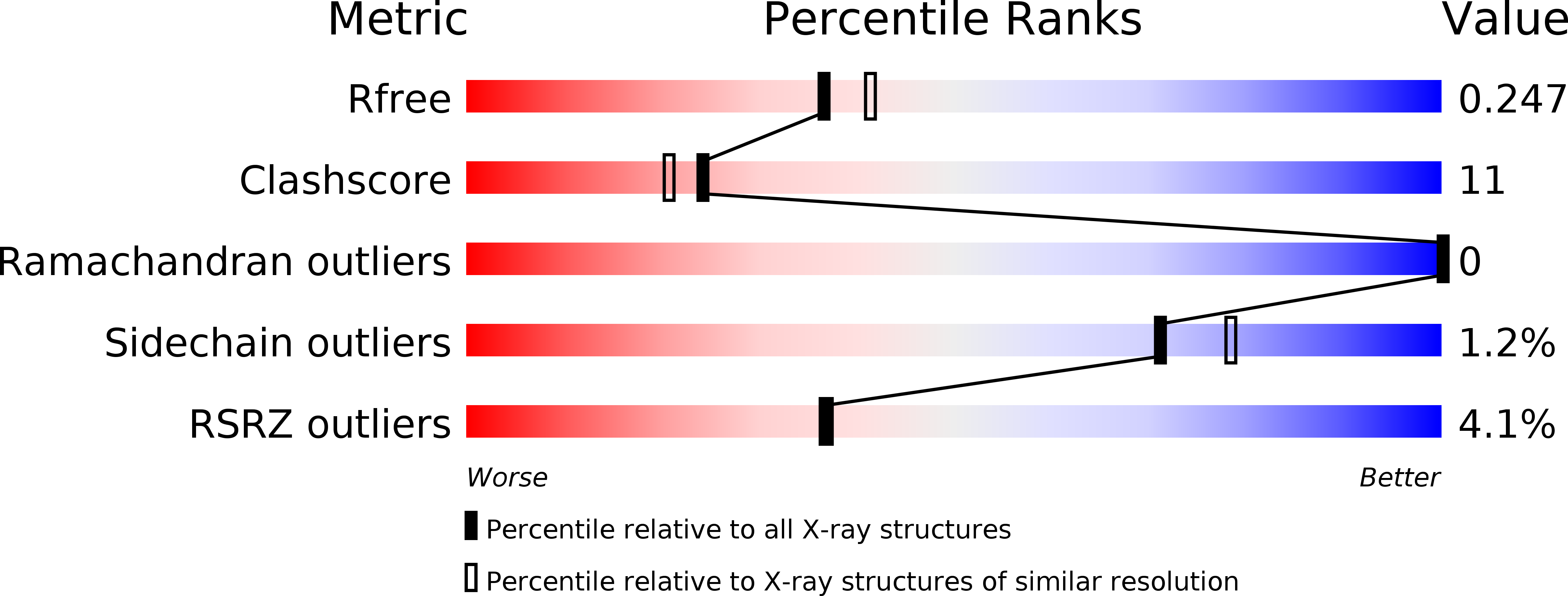
Deposition Date
2018-12-03
Release Date
2019-02-06
Last Version Date
2024-11-20
Entry Detail
PDB ID:
6N9P
Keywords:
Title:
Discovery of affinity-based probes for Btk occupancy assay
Biological Source:
Source Organism:
Homo sapiens (Taxon ID: 9606)
Host Organism:
Method Details:
Experimental Method:
Resolution:
2.23 Å
R-Value Free:
0.24
R-Value Work:
0.17
R-Value Observed:
0.18
Space Group:
P 21 21 2


